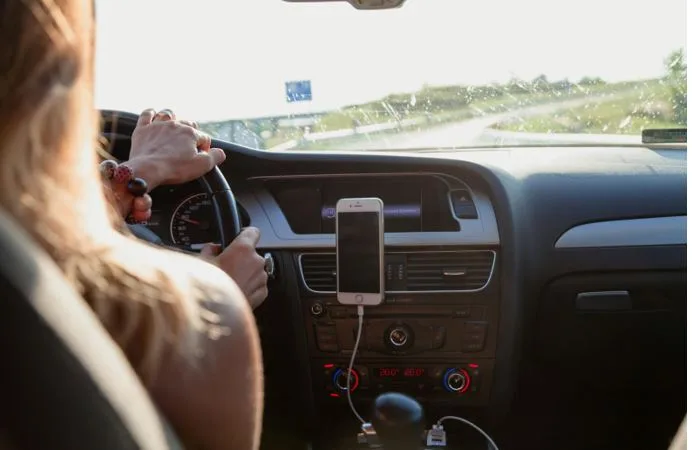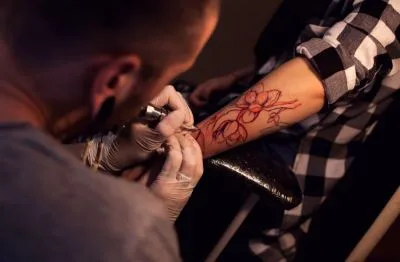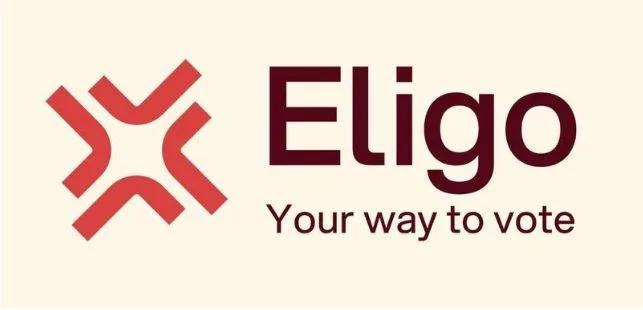Rideshare Accident Liability: Who Pays in a 2025 Collision?
Determining financial responsibility after a rideshare accident involving companies like Uber and Lyft presents a complex legal challenge for all involved. Liability is not a fixed concept; it dynamically shifts depending on the driver’s status within the ridesharing application at the moment of the crash.
This system of tiered insurance, which can range from a driver’s policy to multi-million dollar commercial plans, has created a complex process for anyone involved in a collision. Understanding this framework is essential for tackling the claims process and ensuring fair compensation.
The complexity stems from rideshare drivers’ unique employment classification as independent contractors, a status that has been the focus of significant legal and legislative battles. This classification has forced the development of a hybrid insurance model to bridge the gap between personal driving and commercial activity.
As regulatory bodies and courts continue to shape legal precedents, the rules governing liability are constantly being refined. Thus, it is critical for all parties on the road to stay informed about their rights and the responsibilities of the corporations behind the apps.
How Insurance Determines Liability in a Rideshare Accident
The driver’s status in the app is the primary factor in determining financial responsibility. Insurance coverage is segmented into three periods, each with rules and policy limits that dictate who pays for damages.
This tiered system is the foundation of rideshare liability law and directly impacts how victims can seek compensation.
1. Offline or ‘Off App’: Personal Insurance Is Primary
When rideshare drivers are not logged into the company’s application, they are considered private citizens. Any accident they cause during this period is covered exclusively by their auto insurance policy. Rideshare companies like Uber and Lyft have no financial or legal responsibility for incidents when drivers are “off the clock.”
This clear legal boundary has been repeatedly affirmed in court. It is also important to note that effective January 1, 2025, California’s minimum auto liability insurance requirements increased, meaning that a driver’s policy now carries higher minimum coverage for accidents in this period.
2. App On, Awaiting Request: Contingent Coverage
An insurance gap exists during what is known as “Period 1,” when a driver is directly logged into the rideshare app and currently available to accept rides but has not yet been matched with a passenger. Most personal auto insurance policies contain a “commercial use exclusion,” which allows them to deny claims for accidents while the driver is engaged in any for-profit activity.
To address this coverage gap, rideshare companies provide a lower level of contingent liability coverage. This typically includes at least $50,000 for bodily injury per person, a maximum of $100,000 per accident, and $25,000 for property damage. This coverage is “contingent” because it only activates if the driver’s personal insurance company formally denies the claim due to the commercial use exclusion.
3. Active Ride or En Route: The $1 Million Corporate Policy
Once a driver accepts a ride request and is either on their way to pick up a passenger or is actively transporting them, the rideshare company’s full commercial insurance policy takes effect. This high-value policy is designed to protect passengers and third parties, typically providing at least $1 million in third-party liability coverage in states like California. This extensive coverage also includes protection for uninsured/underinsured motorists. These policies have become a focal point of litigation.
Legal and Regional Factors That Complicate Rideshare Accident Claims
Beyond the tiered insurance system, several other factors further complicate determining liability. The question of fault is paramount, and varying state and local regulations mean that one city’s rules can vastly differ from those in another.
The Overriding Importance of ‘At-Fault’ Determination
If a third-party driver—not the rideshare driver—is at fault for the crash, their auto insurance is the primary source of compensation. This holds for everyone injured, including the rideshare passenger, the rideshare driver, and any occupants of other vehicles.
Complex, tiered rideshare insurance policies only apply when the rideshare driver is determined to be partially or fully at fault for the accident. Therefore, a thorough accident investigation to establish fault is the first and most critical step in any claims process.
How Local and National Regulations Shape Claims
Liability rules are not uniform across the country. Local and national laws play a decisive role. For instance, a New York appellate court ruled in November 2024 that a Lyft vehicle did not meet the definition of a “transportation network company vehicle” for purposes of an insurance claim because it was classified as a “for-hire vehicle” under New York City’s administrative code. This case demonstrates how a local ordinance can shape insurance coverage boundaries.
Who Can Be Held Responsible After a Rideshare Collision?
Identifying the correct liable party is crucial to securing compensation after a car crash. While the focus is often on the directly involved drivers, the chain of responsibility can extend to multiple entities, including the rideshare company, manufacturers, and government agencies.
Potential liable parties include:
- The rideshare driver (via their personal or the company’s commercial insurance).
- Through its vicarious liability and commercial insurance policies, the rideshare company (e.g., Uber, Lyft).
- The driver of another vehicle that was involved in the collision and their insurer.
- If a mechanical defect or failure caused the crash, the vehicle manufacturer or a specific component is at fault.
- A government entity that’s responsible for road design or maintenance if hazardous conditions contributed to the accident.
The Critical First Steps After a Collision
It’s essential to know what to do if your Uber crashes. The moments immediately following a collision are chaotic, but the steps taken are critical for protecting one’s health and legal rights. The complexity of the tiered insurance rules means that documenting everything, from the position of the vehicles to the driver’s app status, is vital for building a strong case.
This knowledge helps translate the complex theories of liability into the practical actions a person should take immediately following an accident to set the foundation for a successful claim.
Clarity in a Rideshare Collision is Critical
Ultimately, rideshare accident liability in 2025 is not a simple issue. It is dynamic, governed by the driver’s digital status, the specific facts of the accident, and a patchwork of local, state, and national laws. This complexity makes it imperative for all parties to be well-informed about the different layers of responsibility.
Effectively navigating the challenging claims process and ensuring compensation is sought from the correct party depends on a clear understanding of this framework of insurance and accountability.




